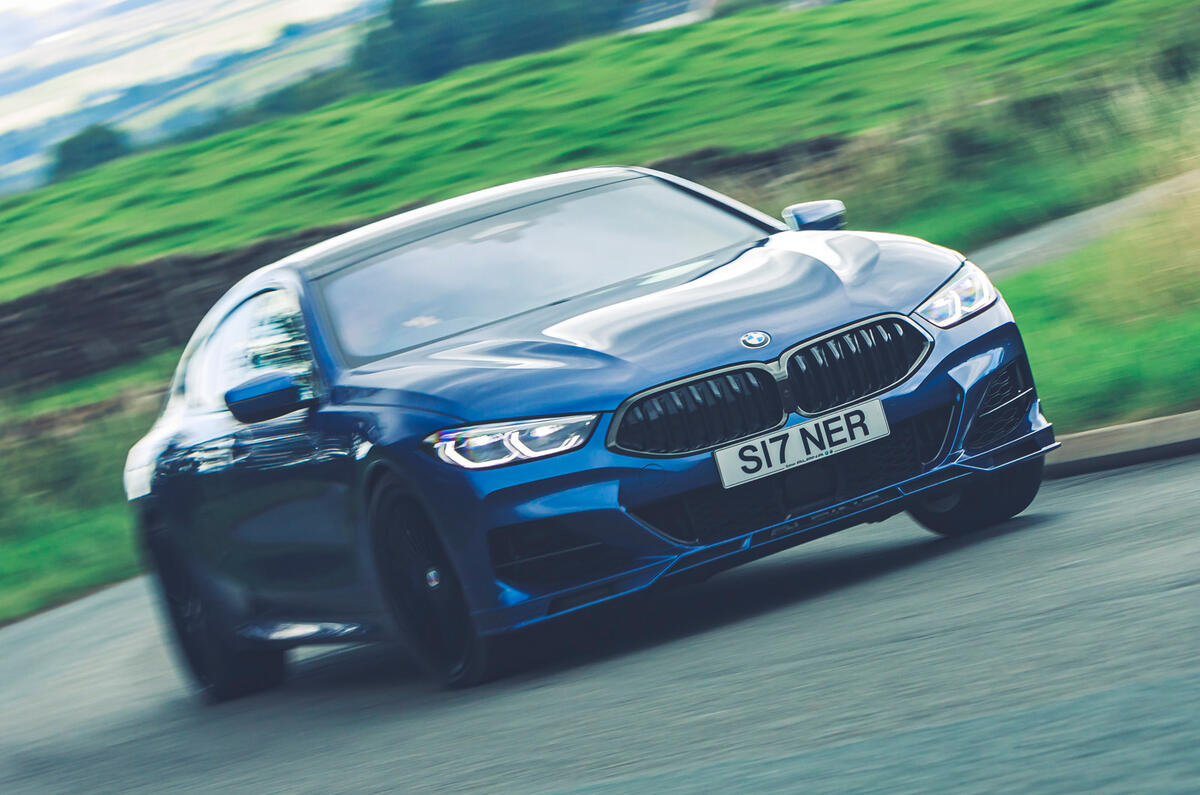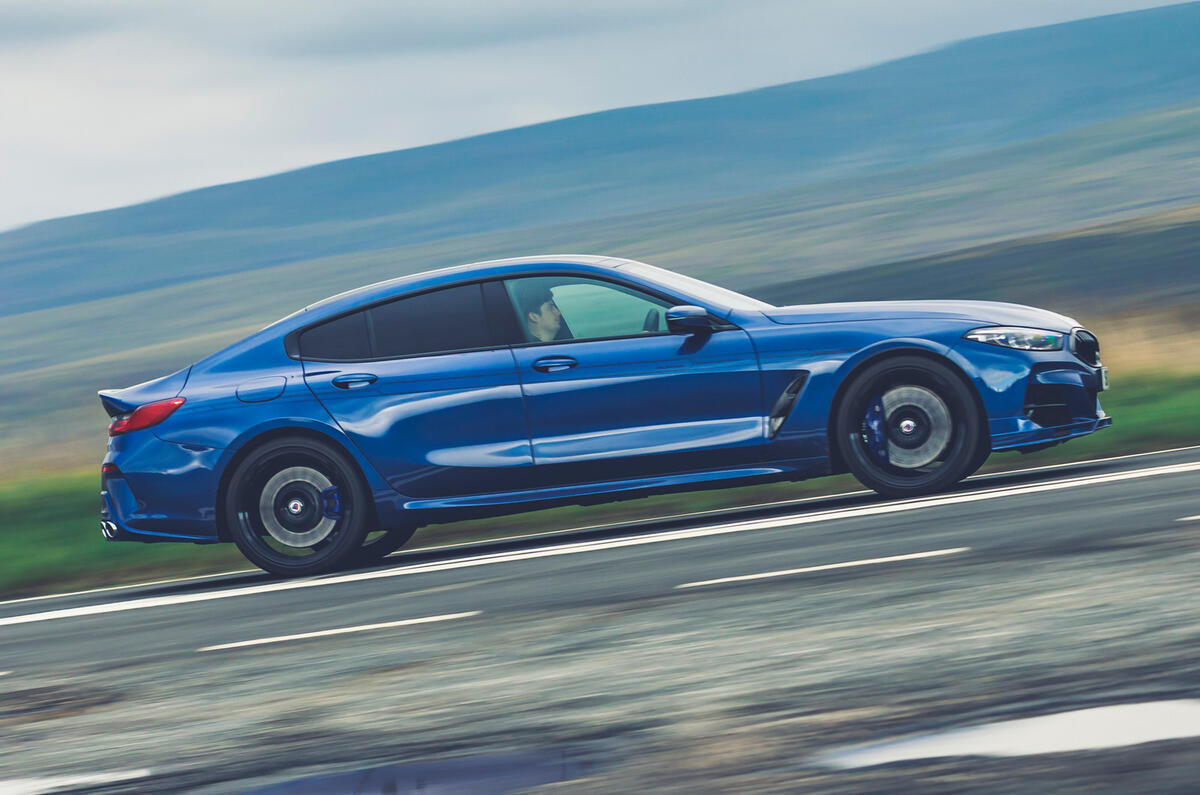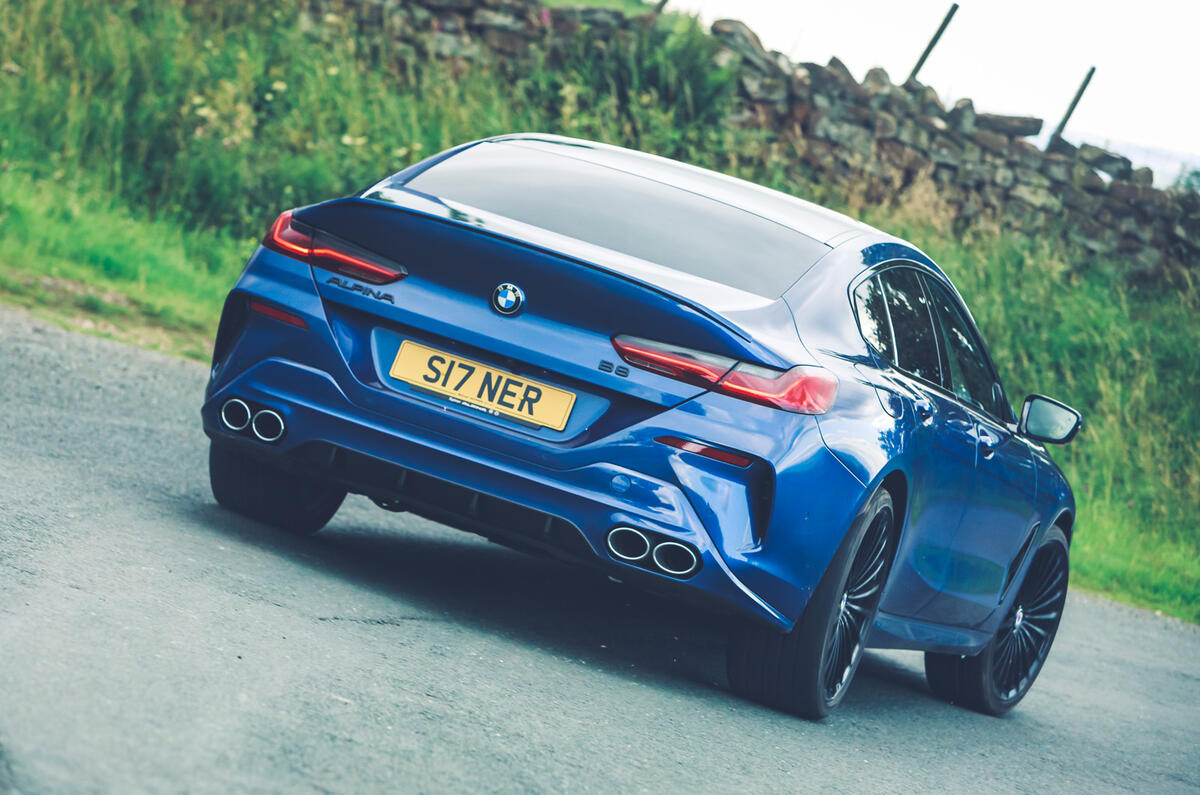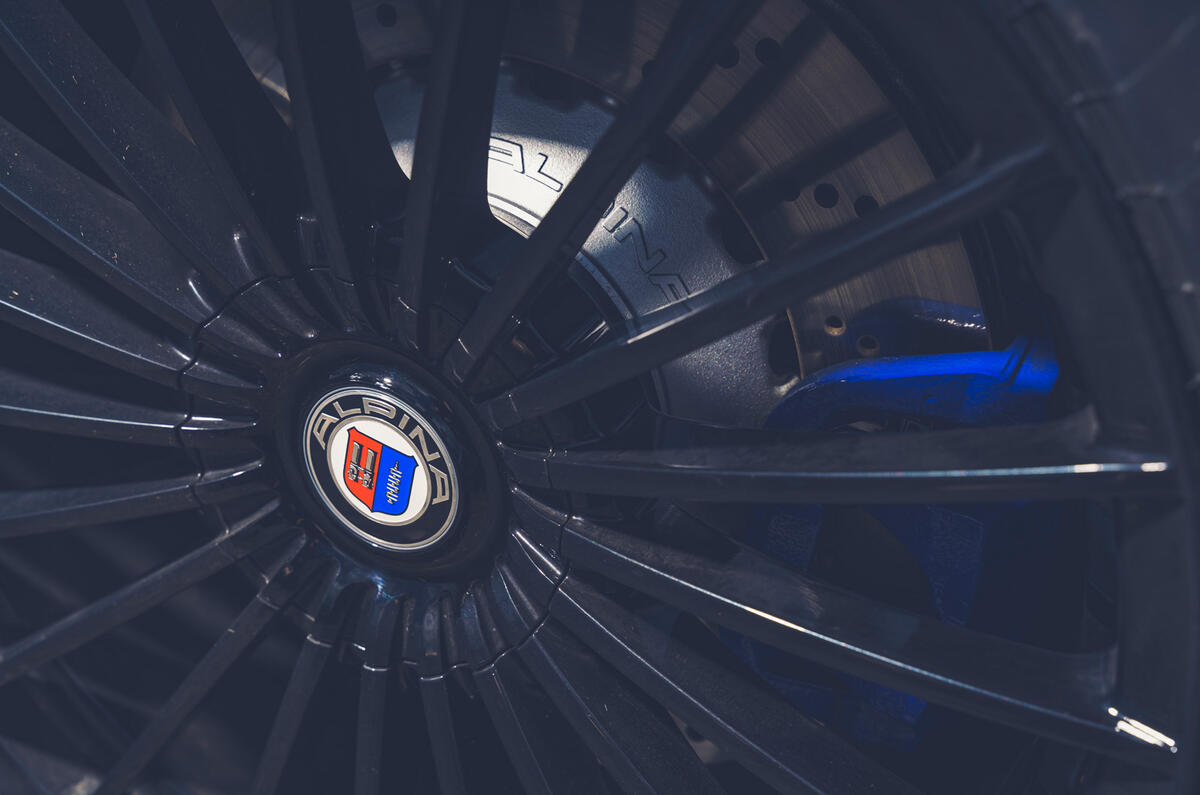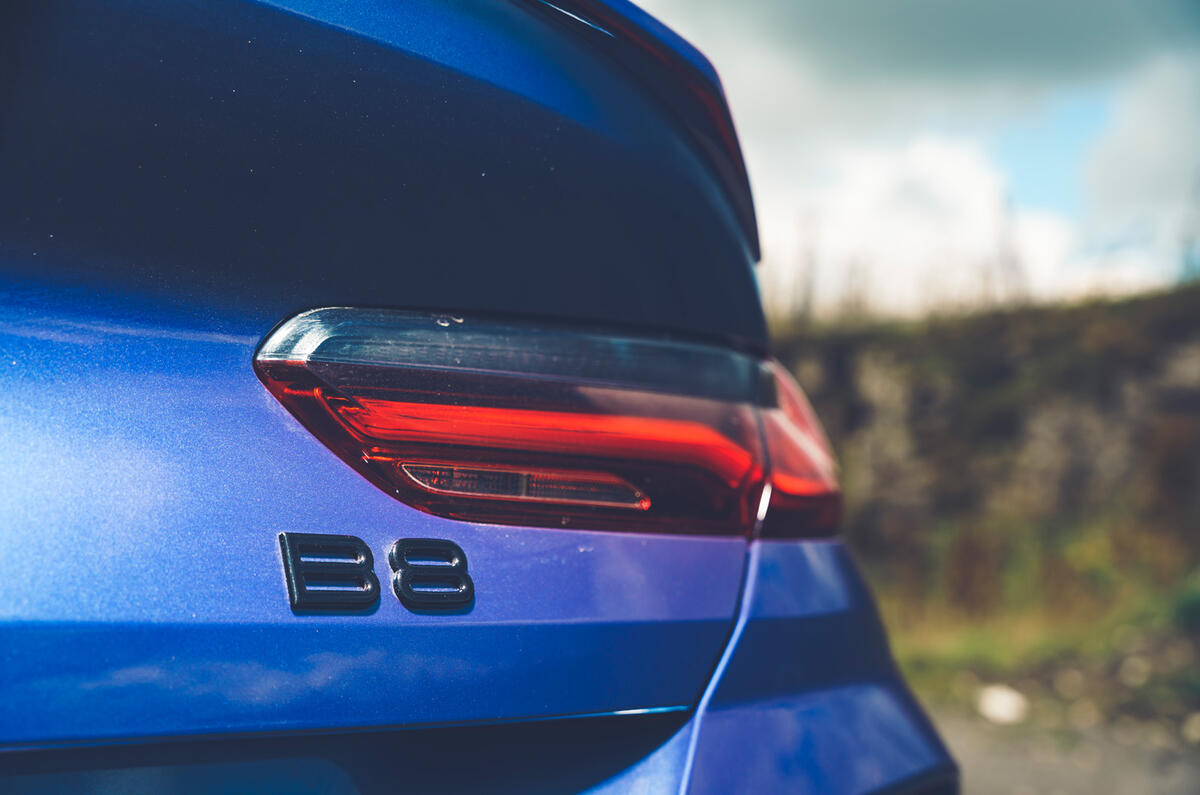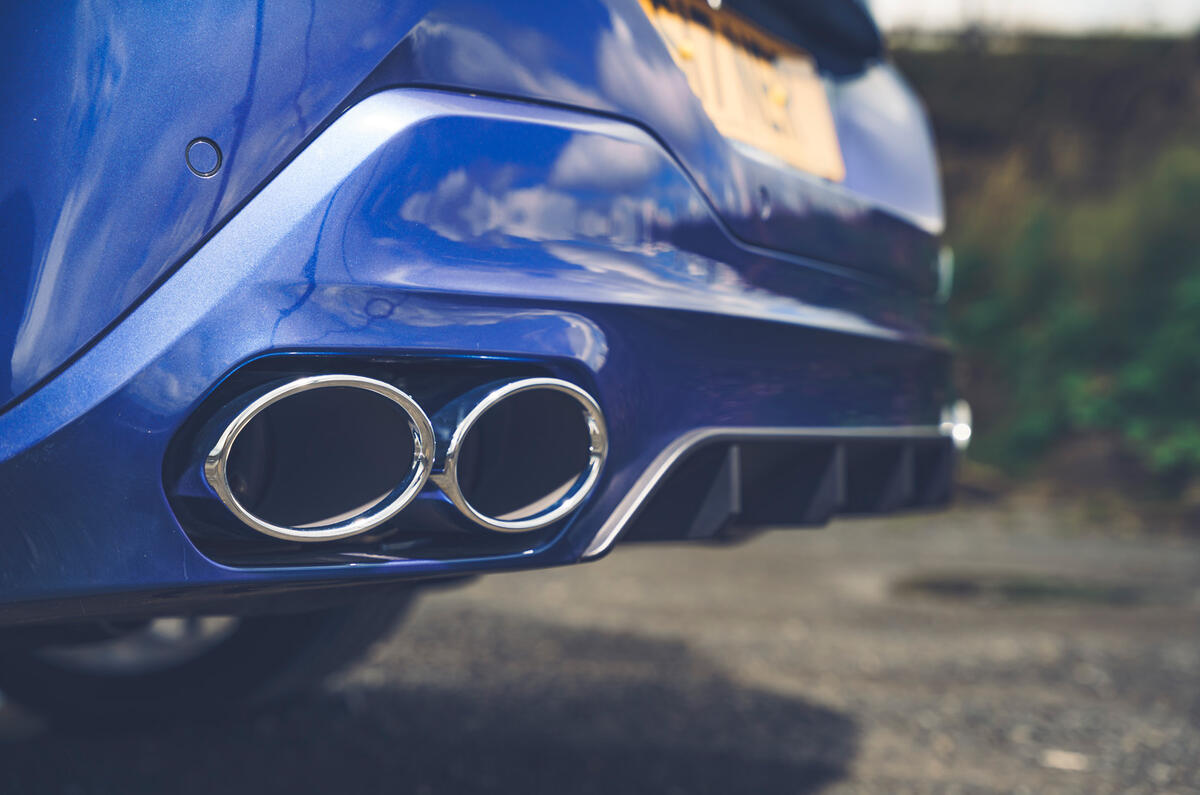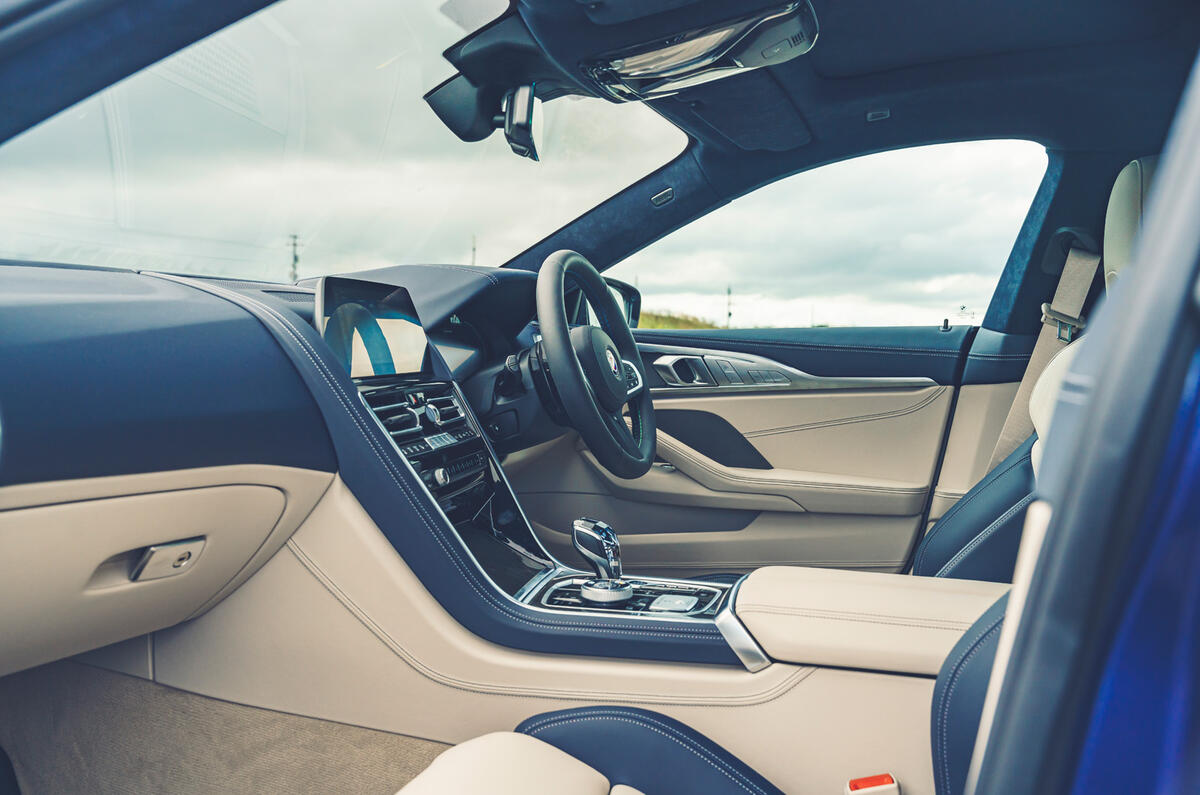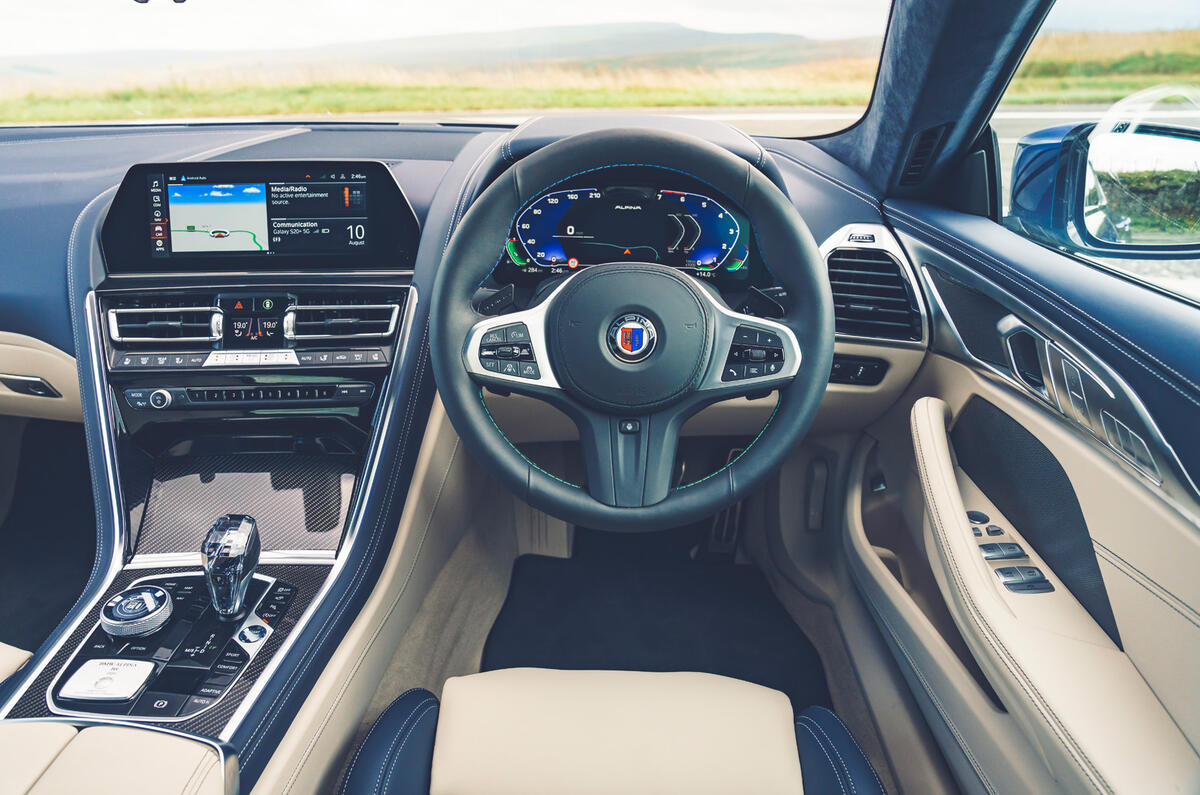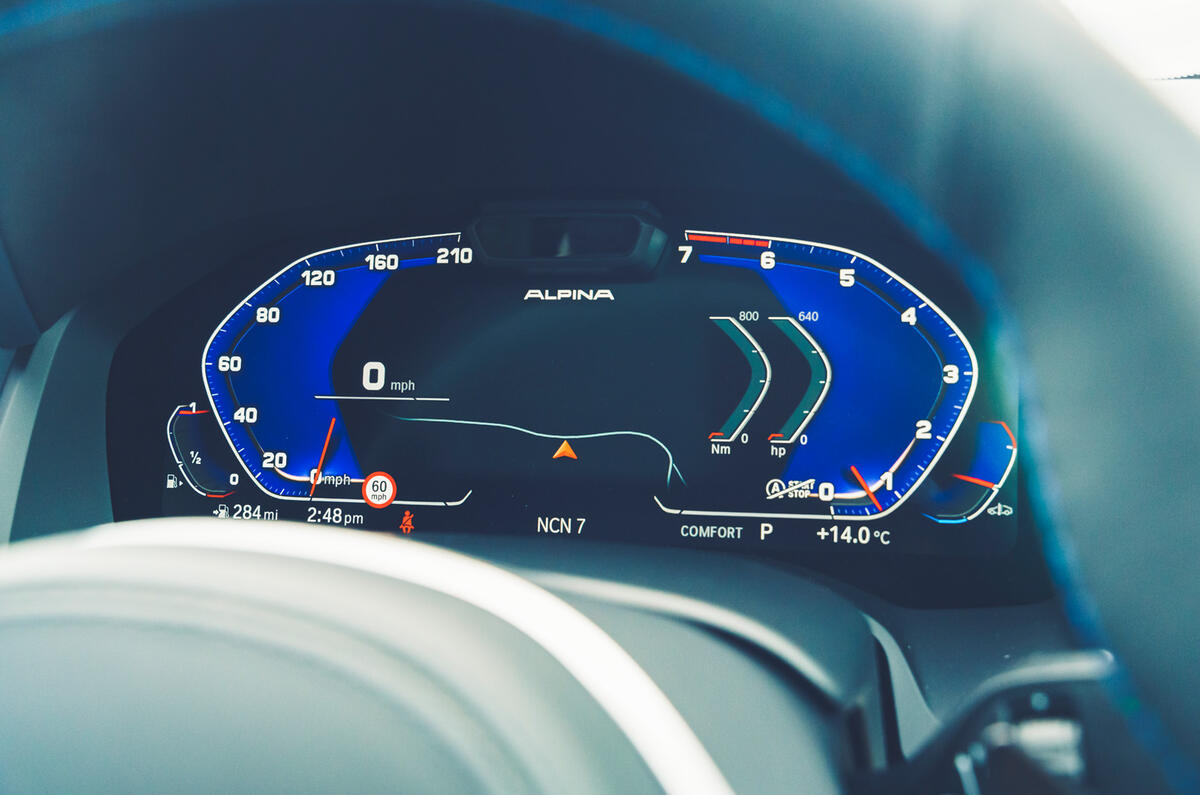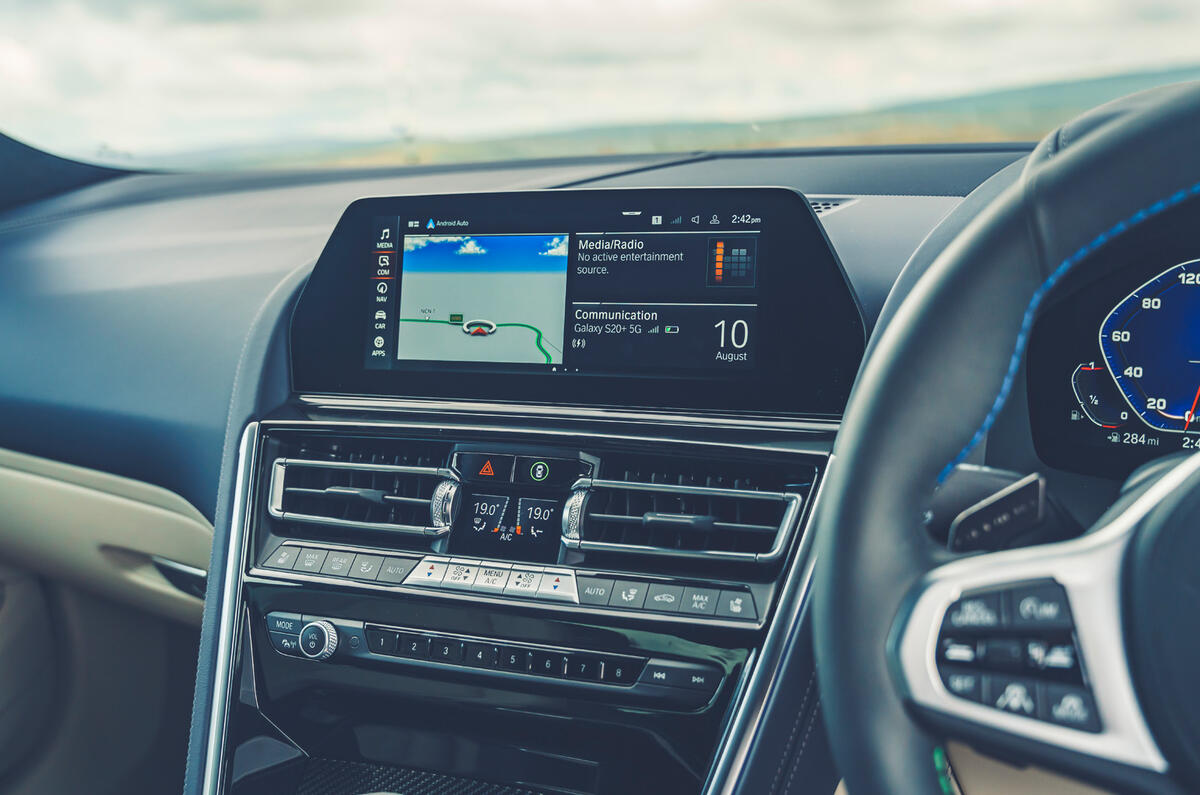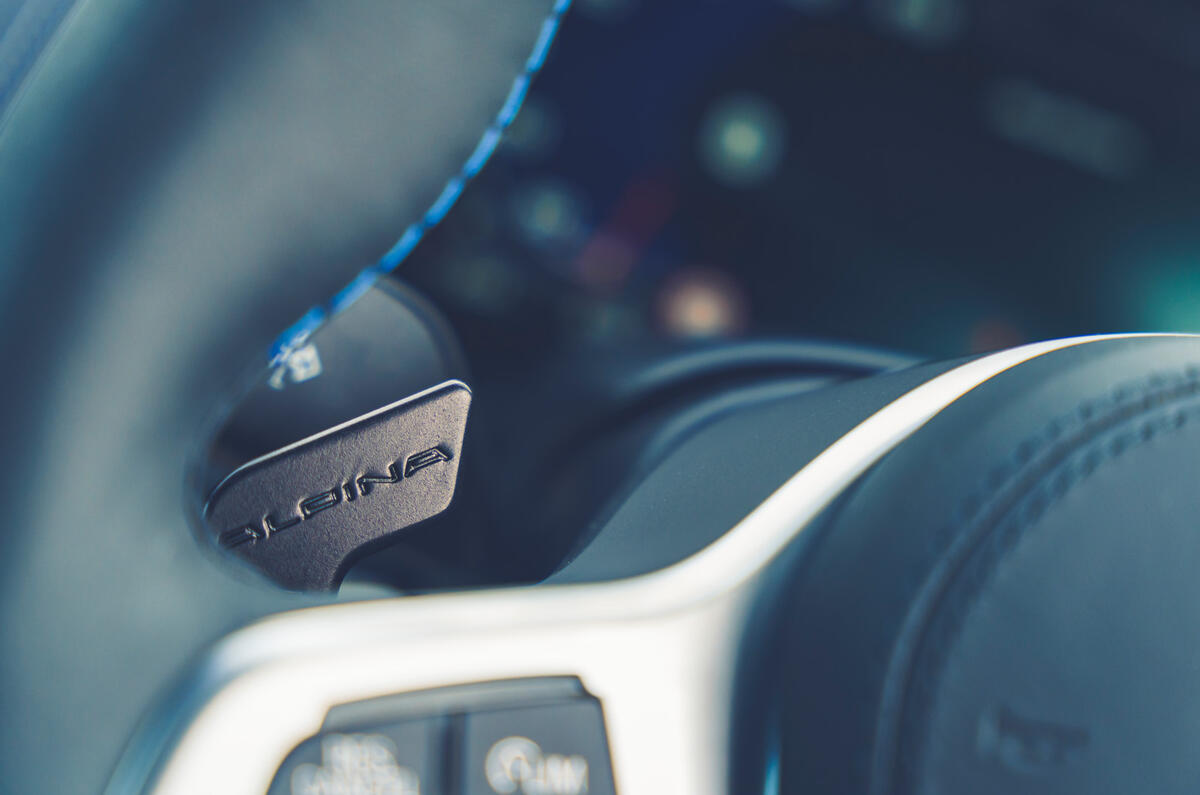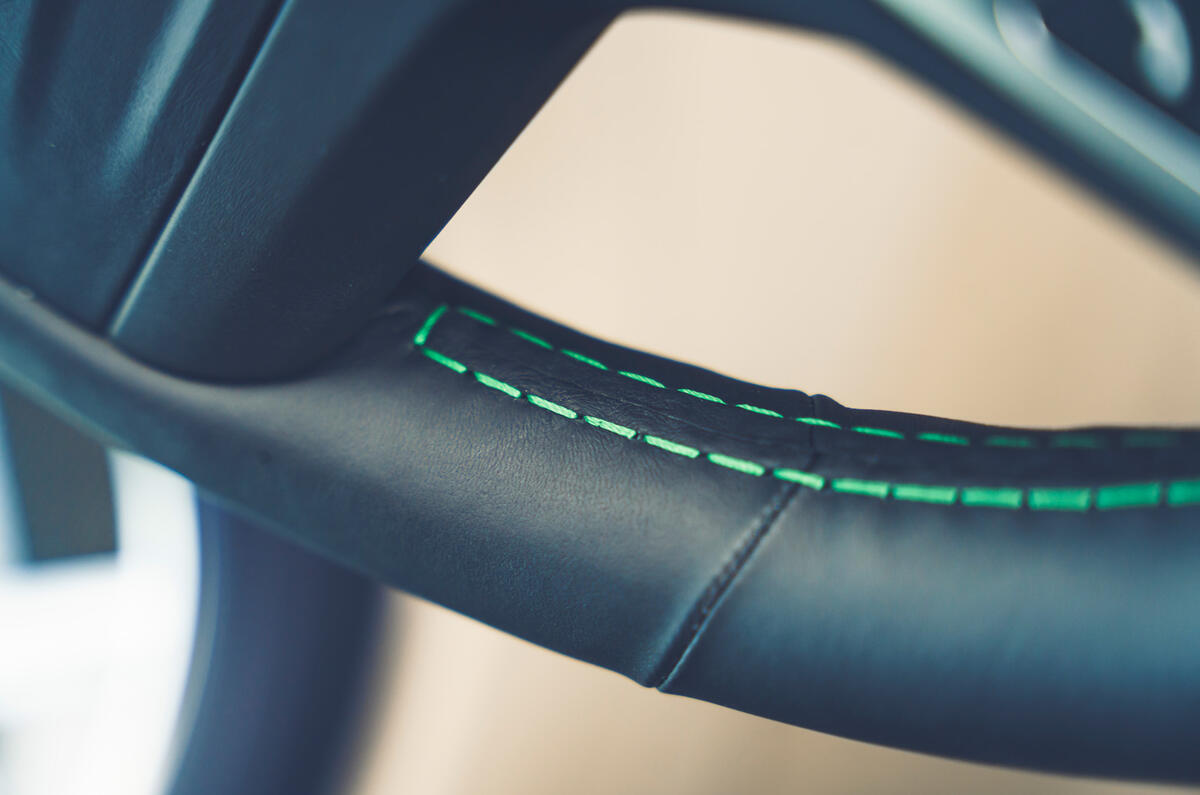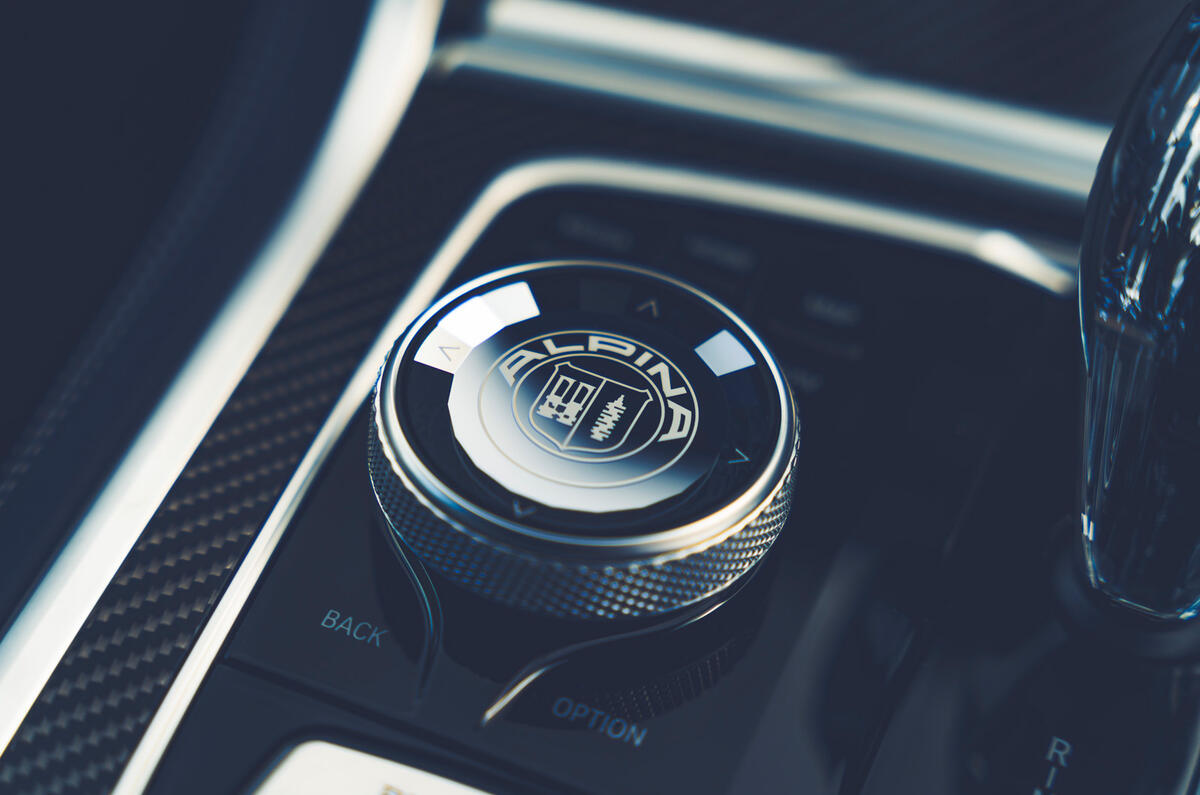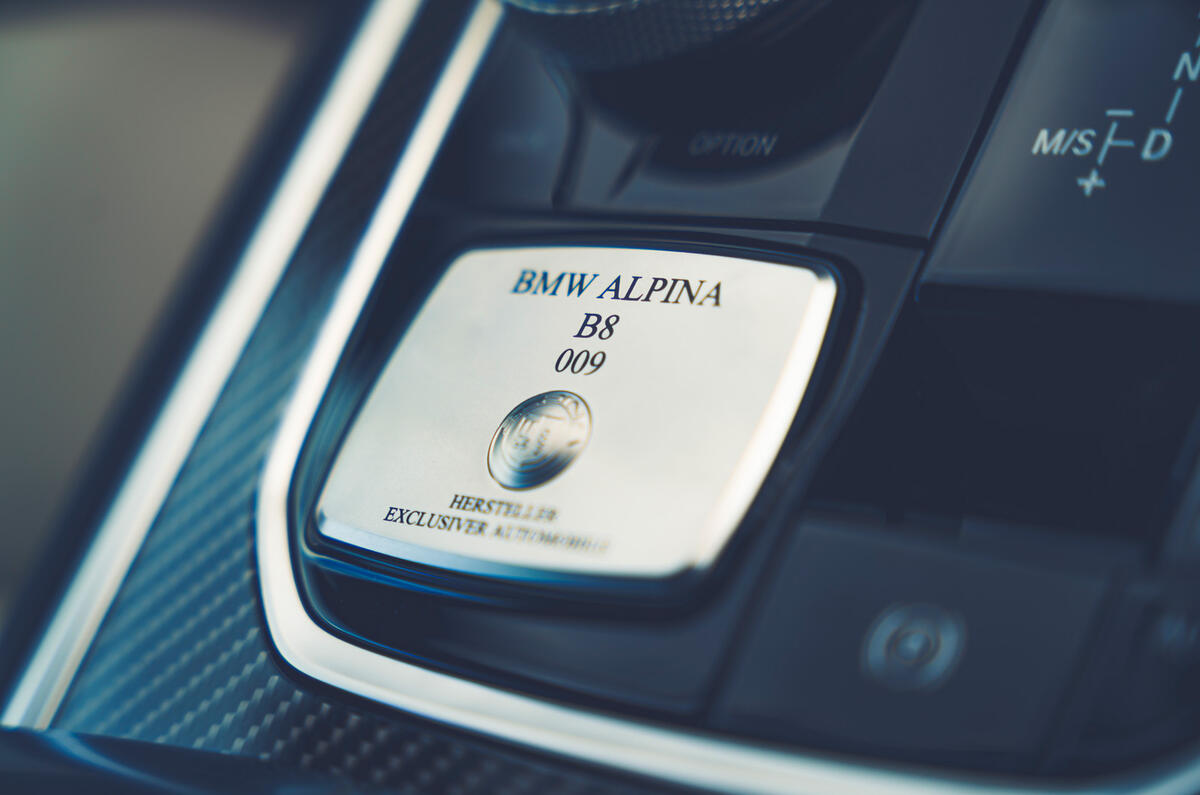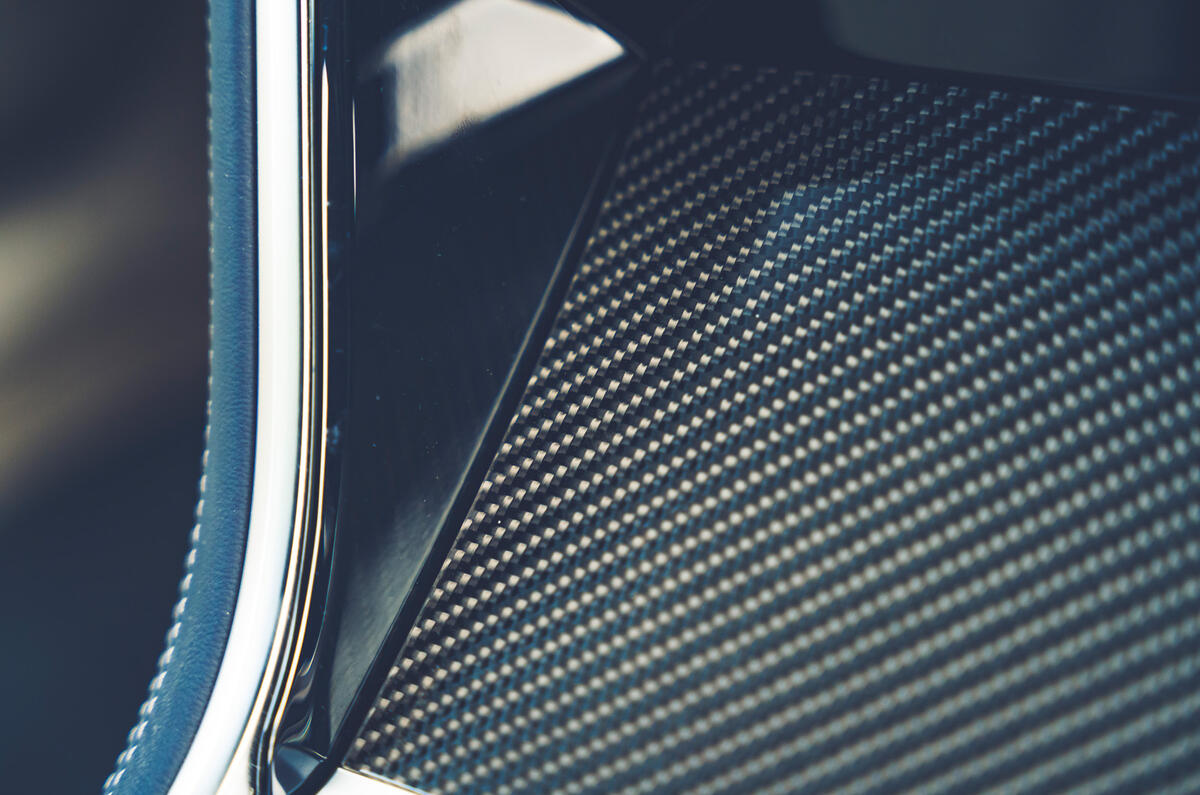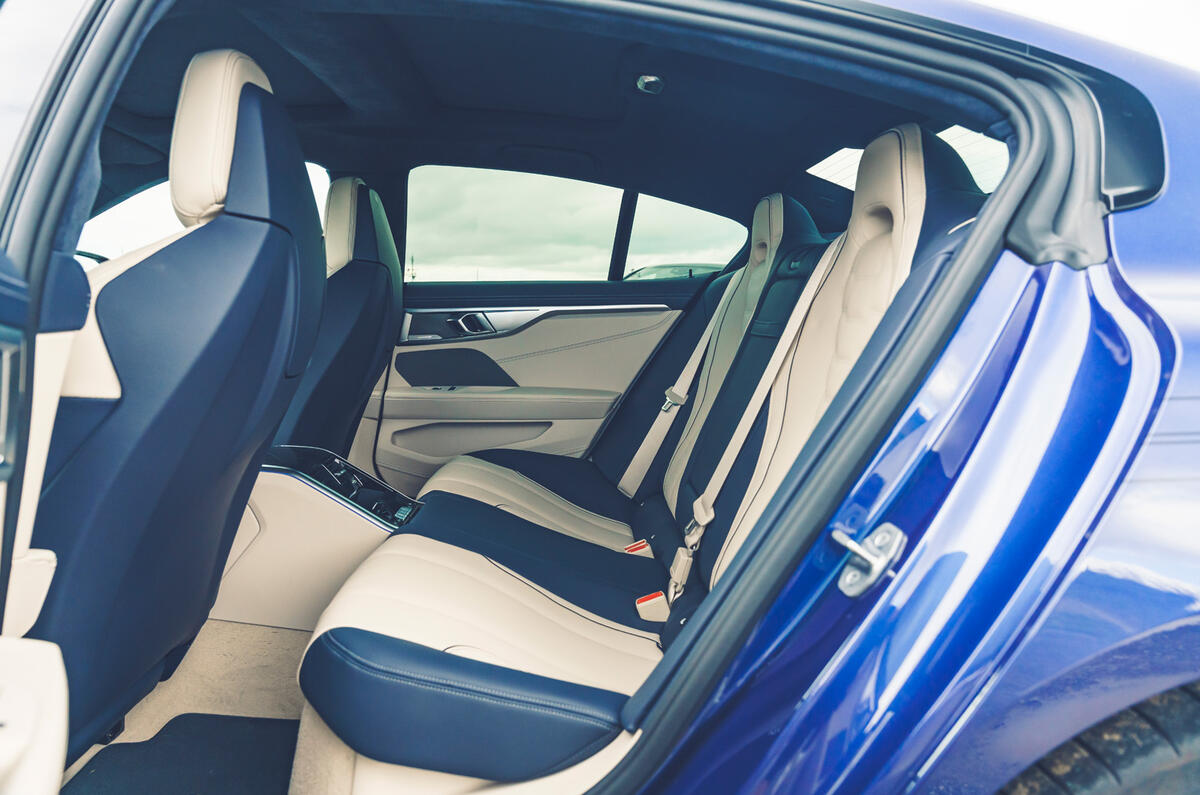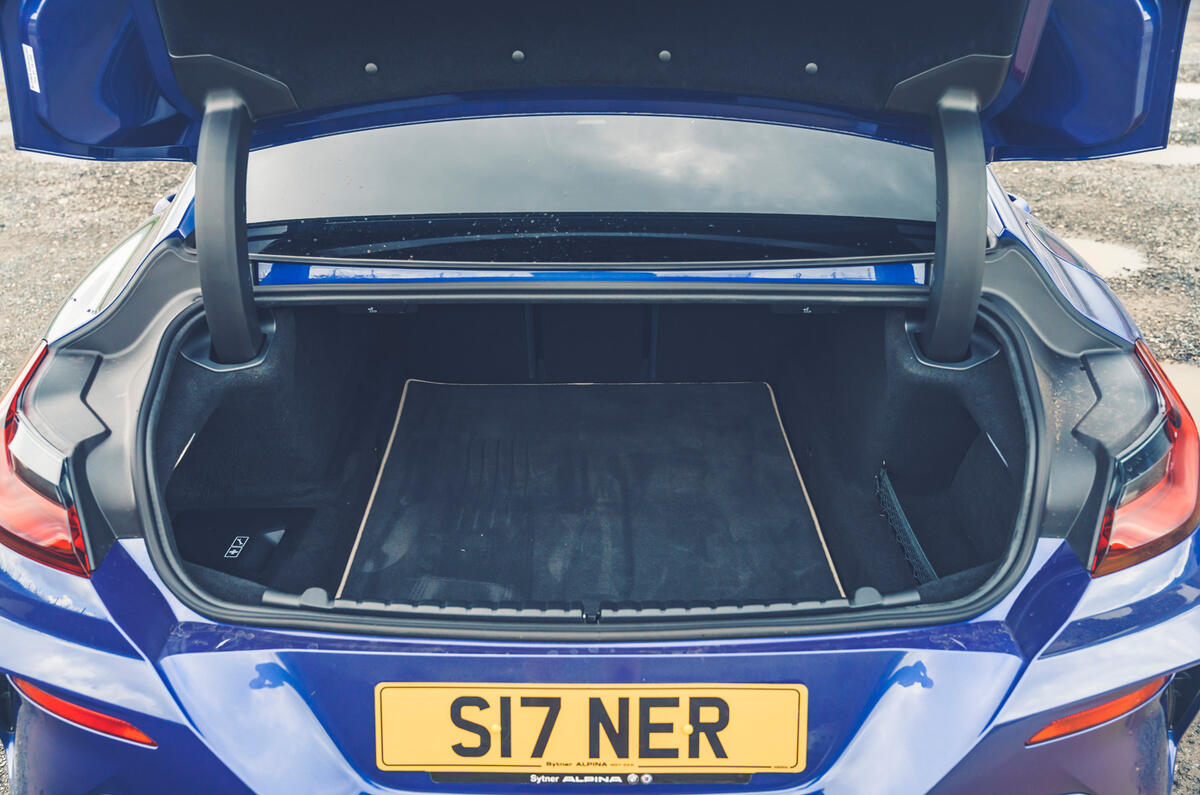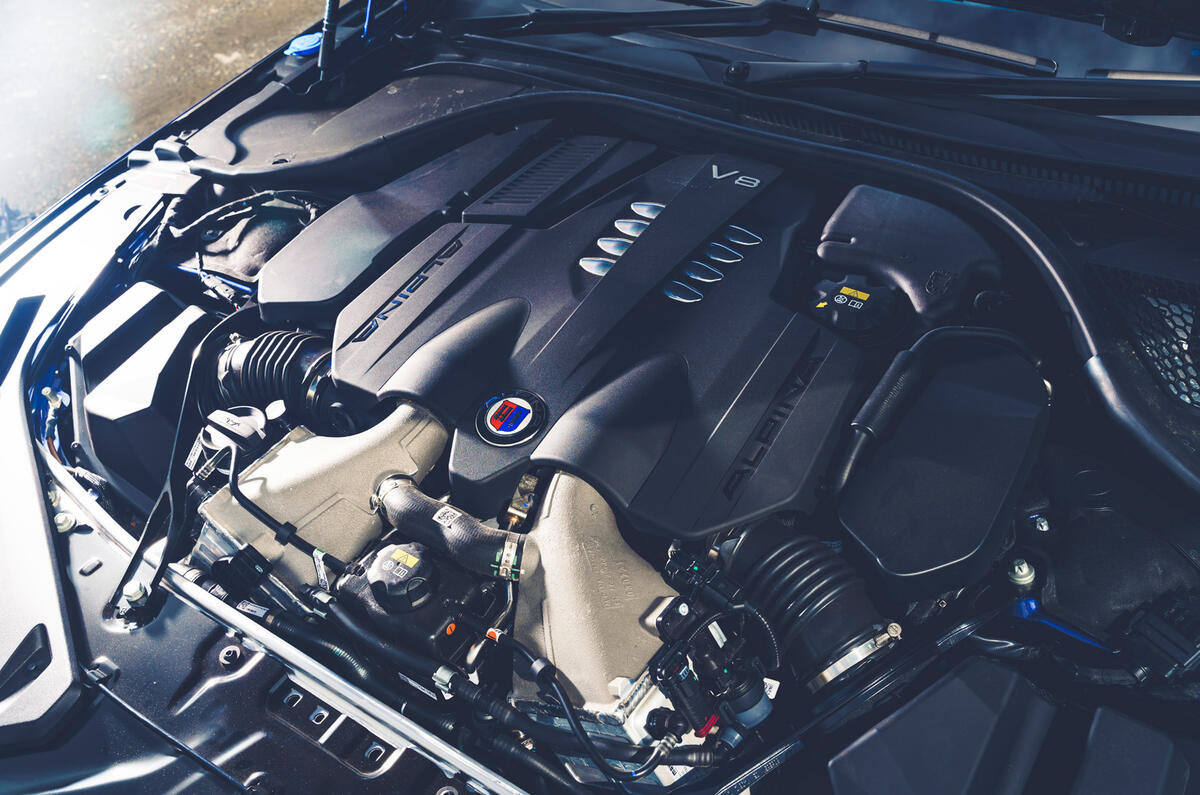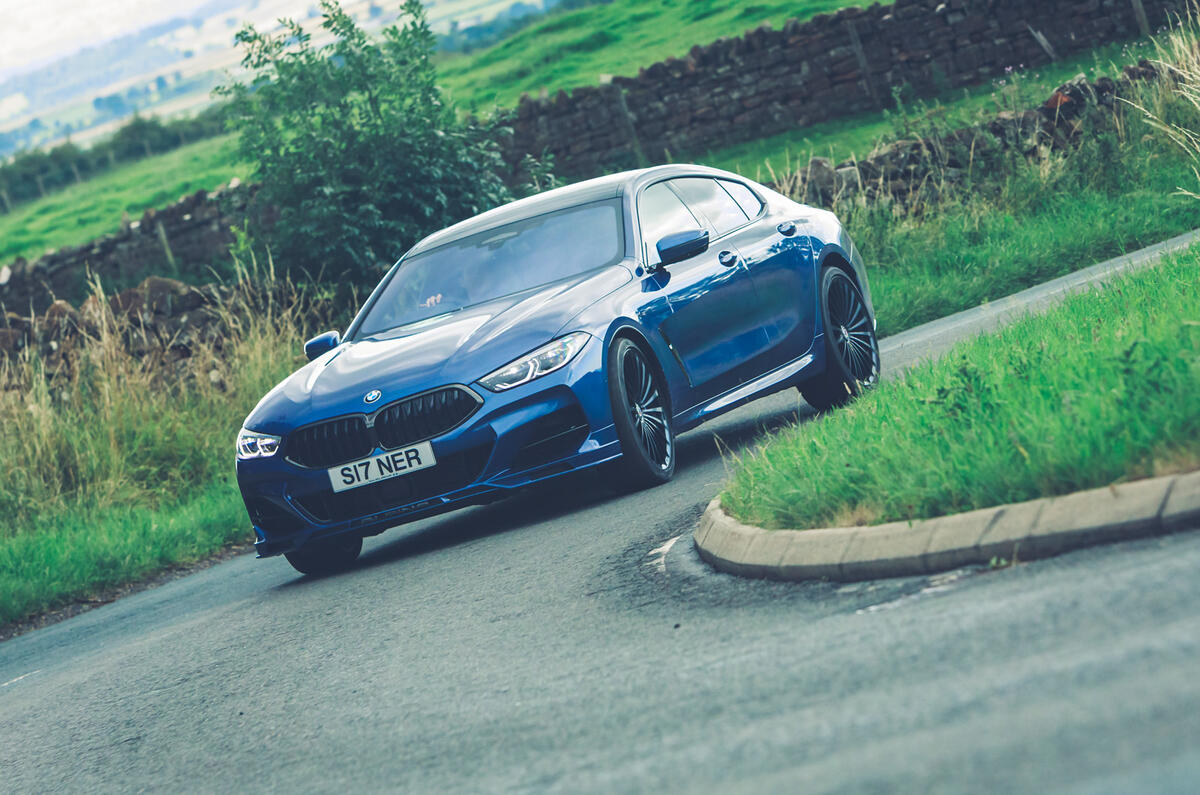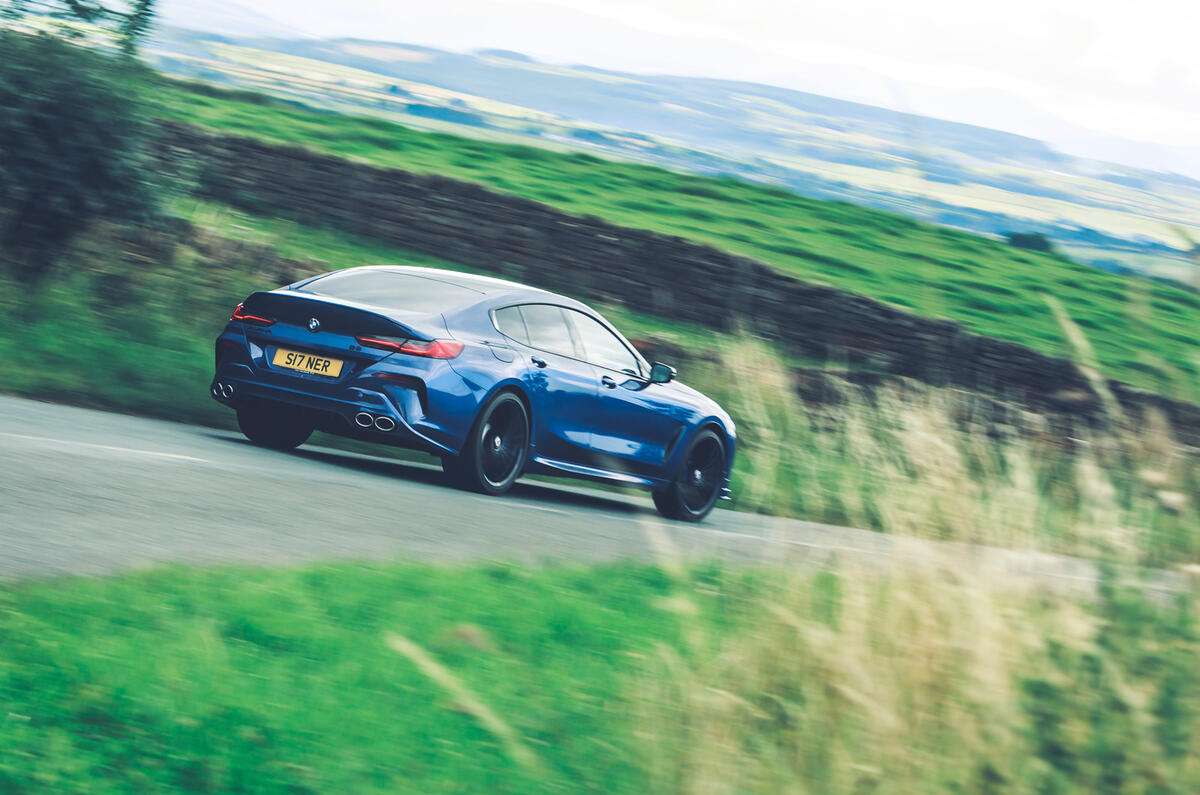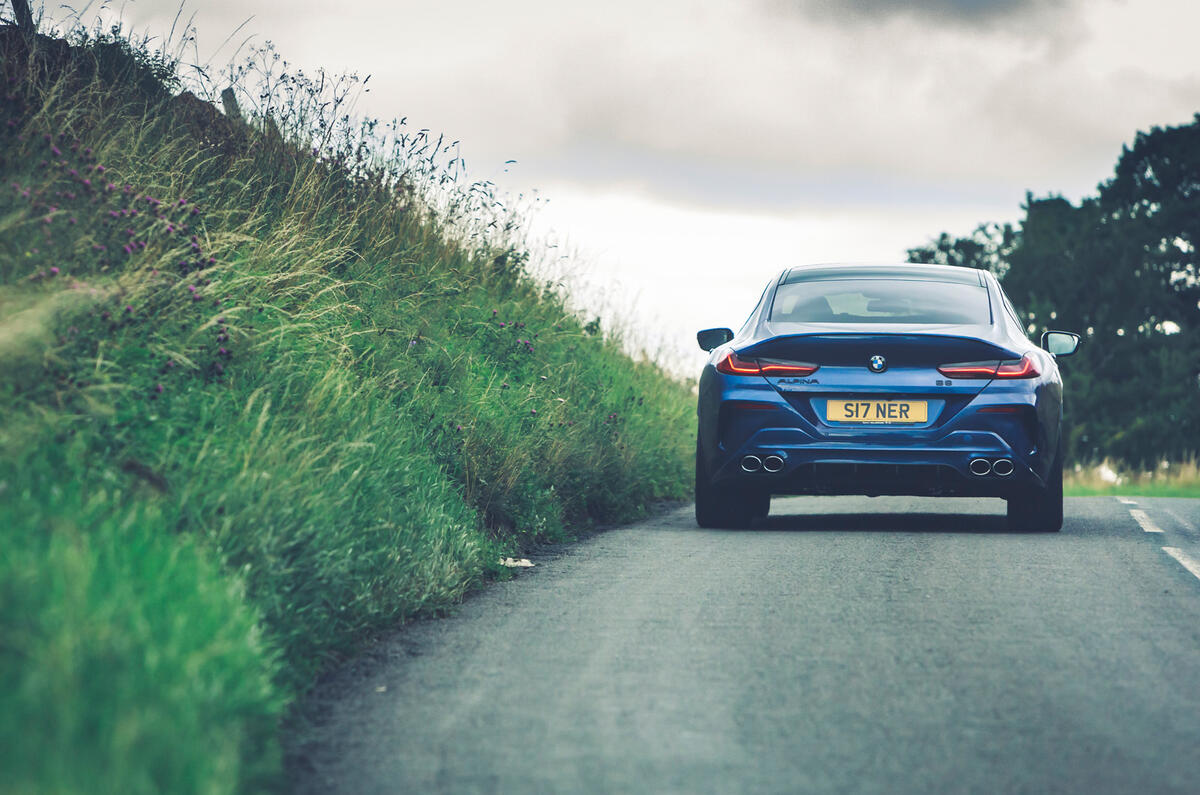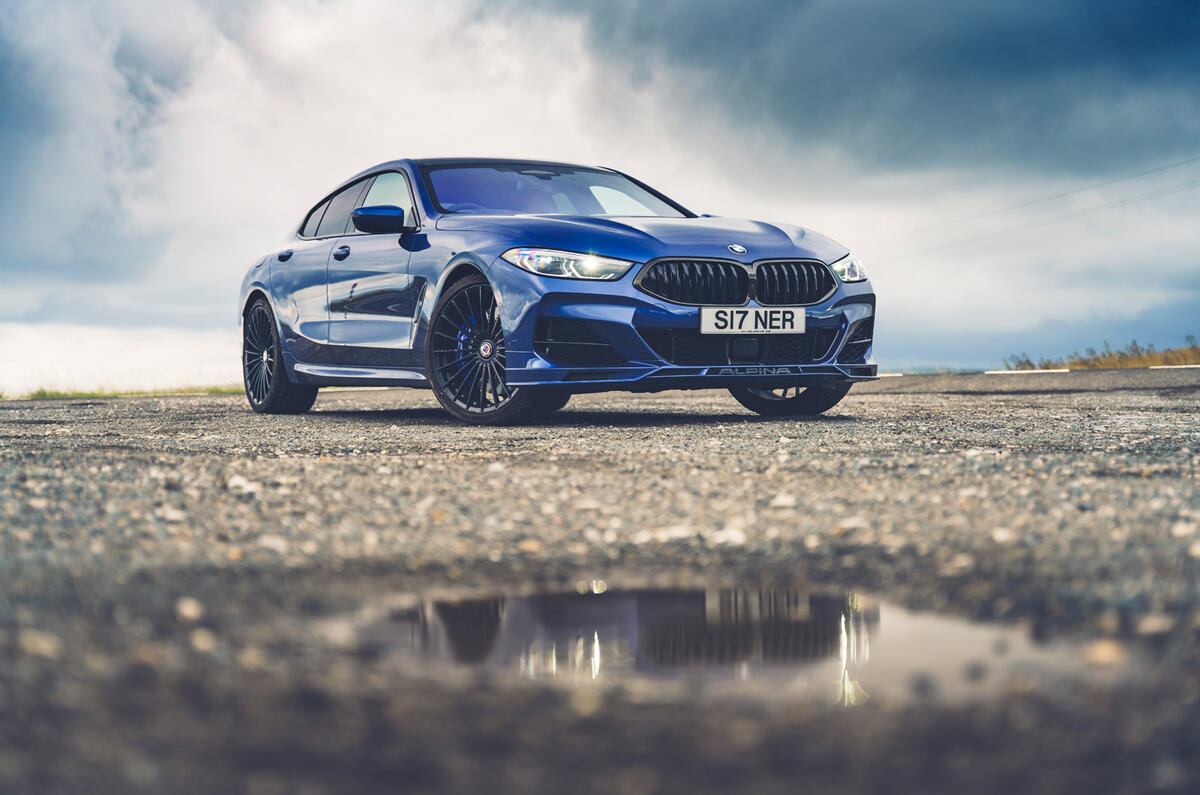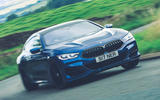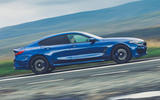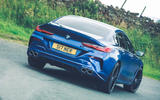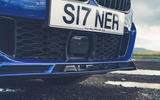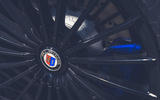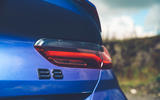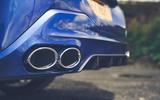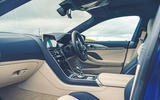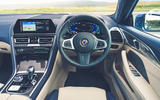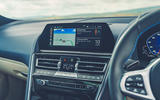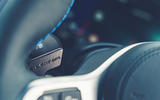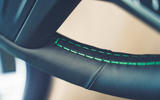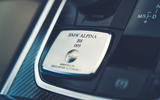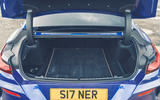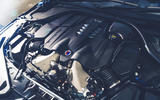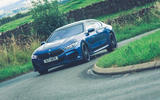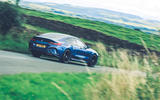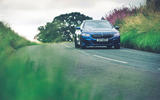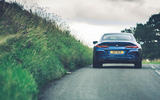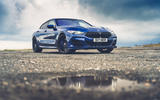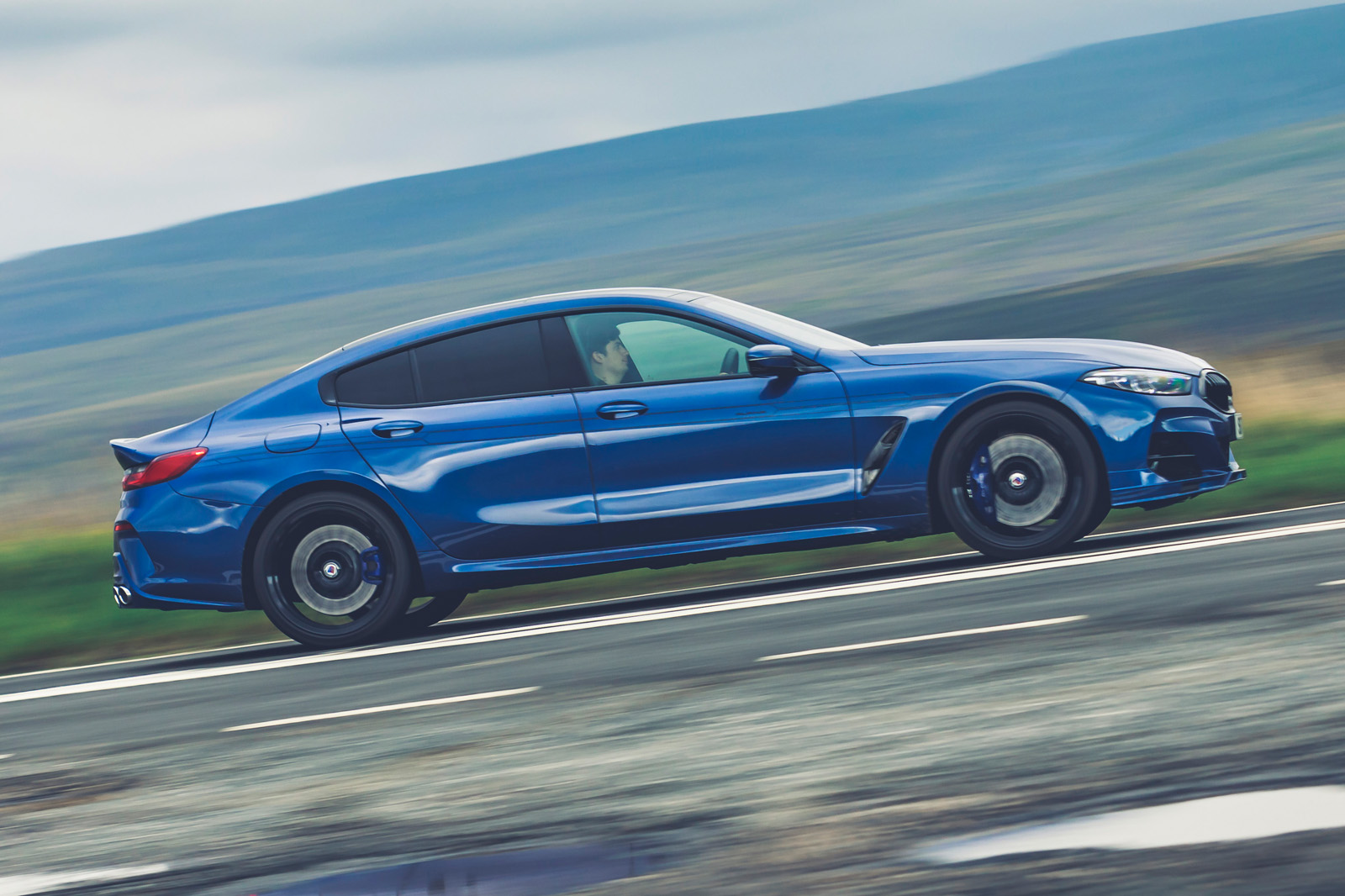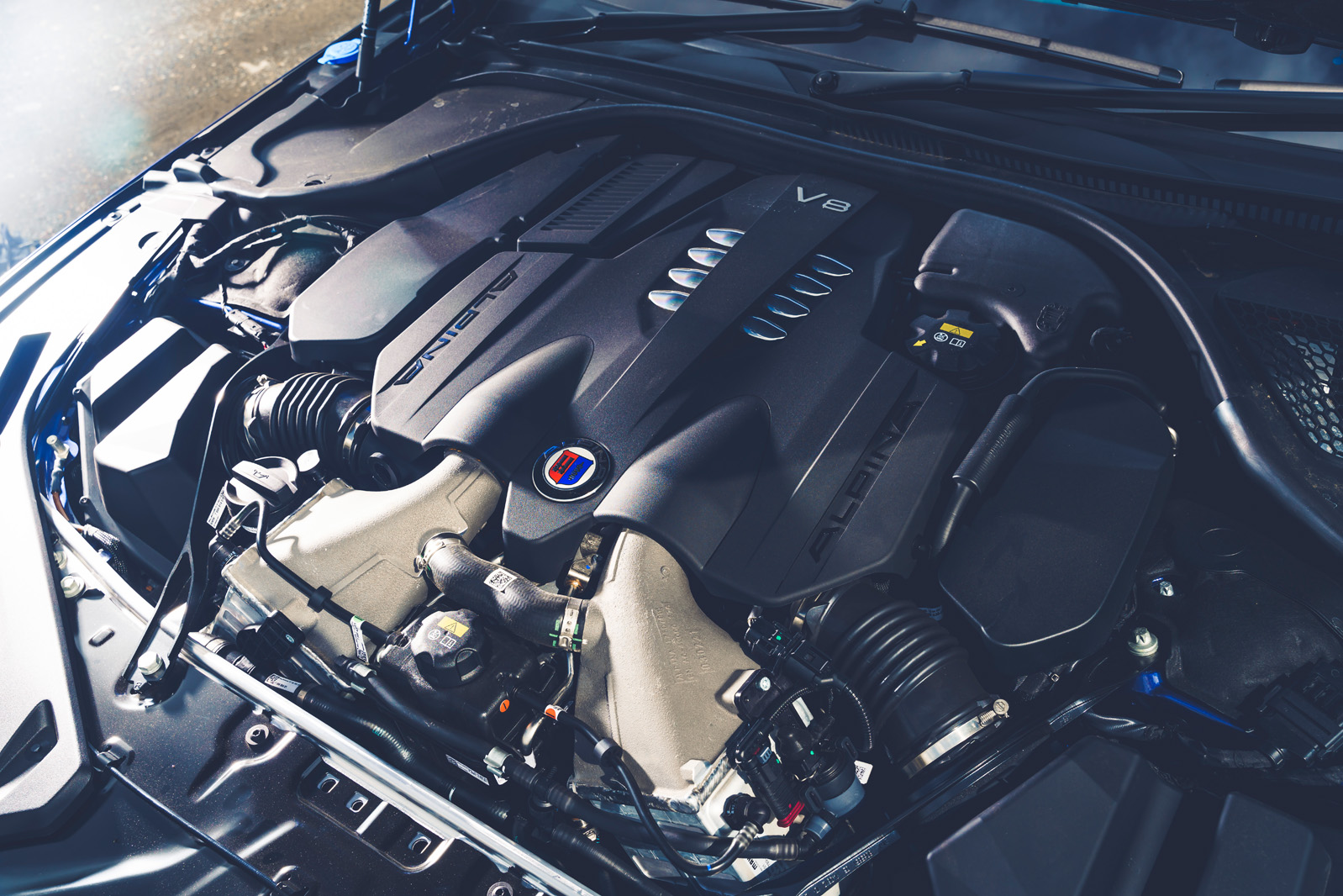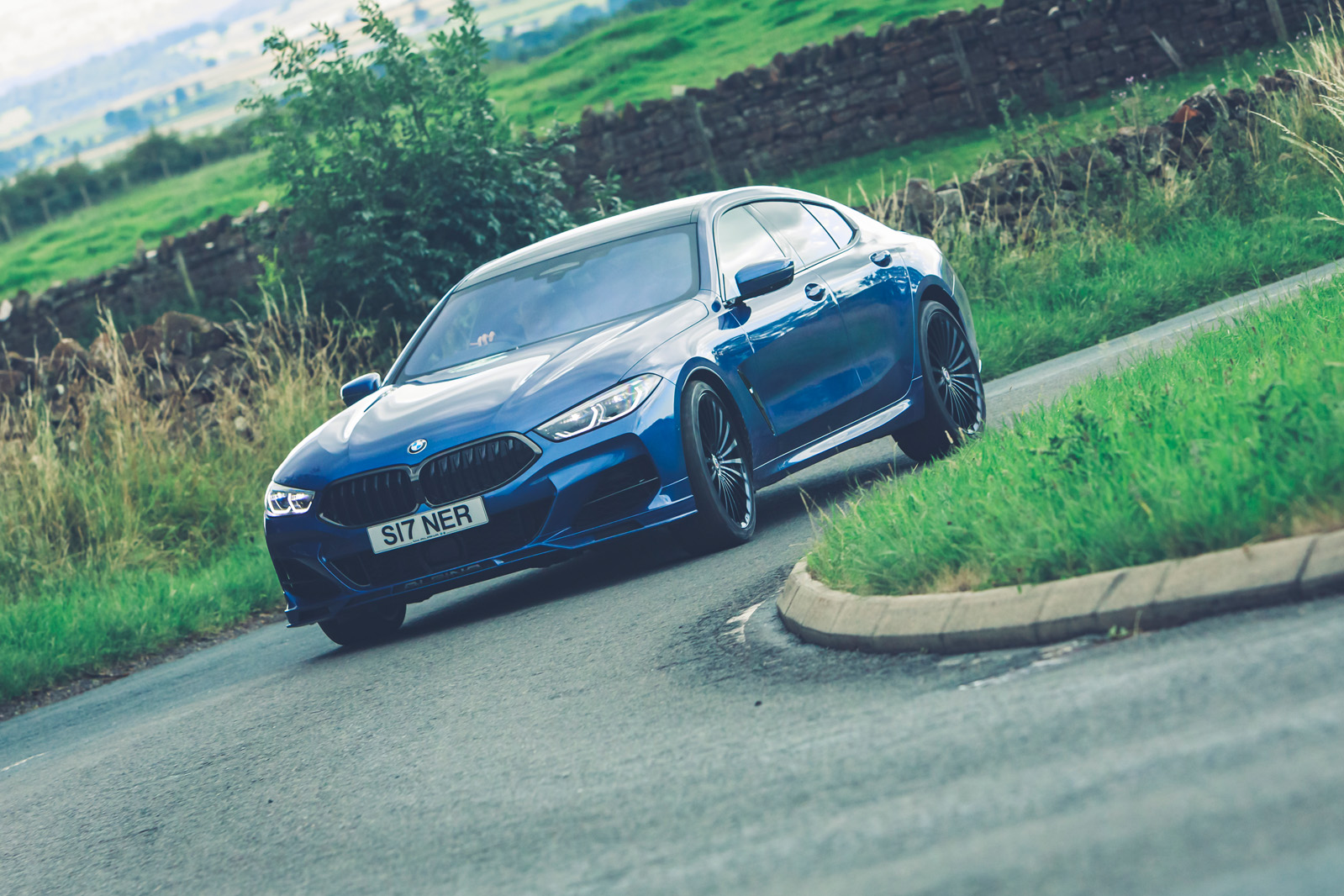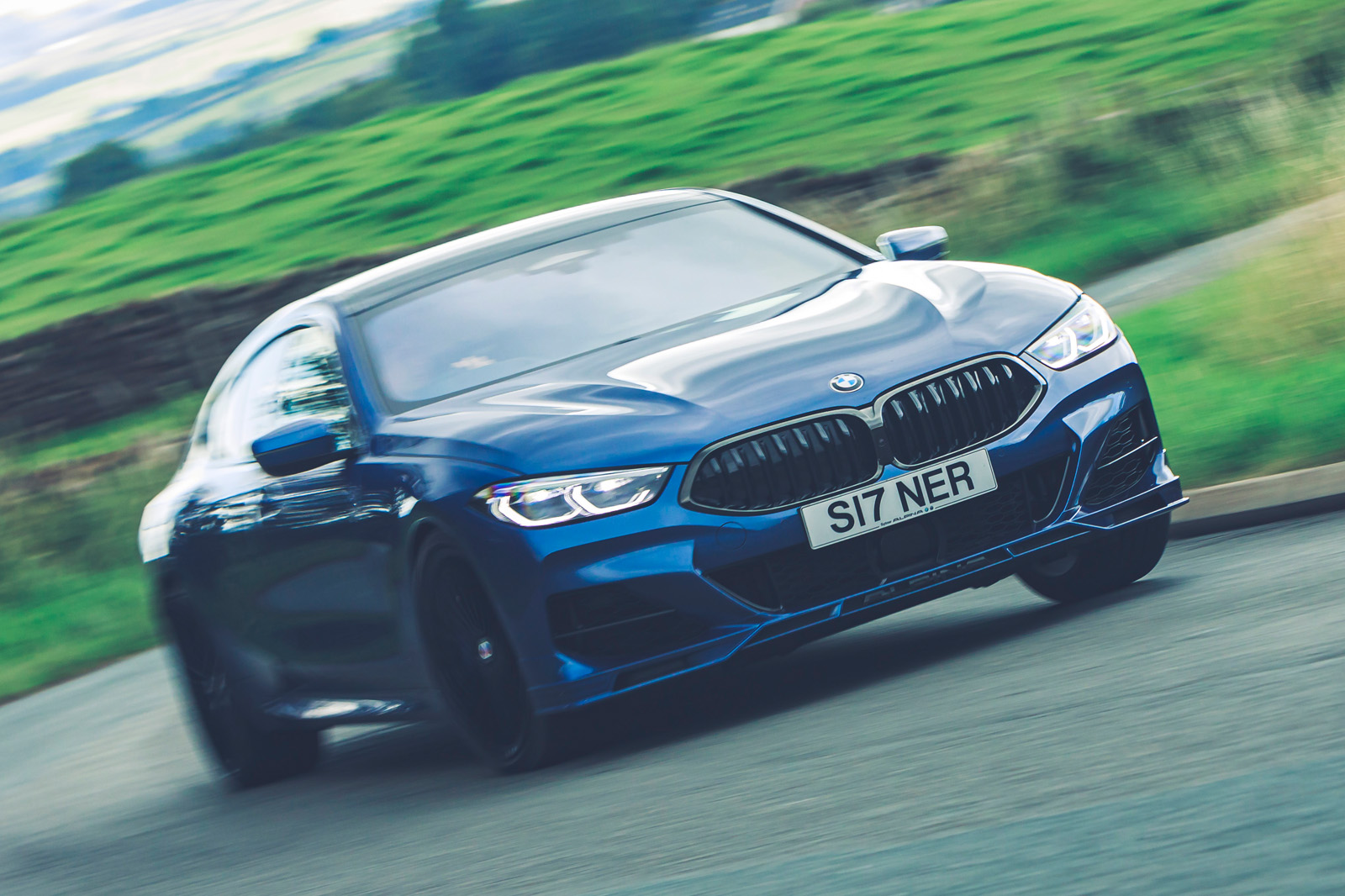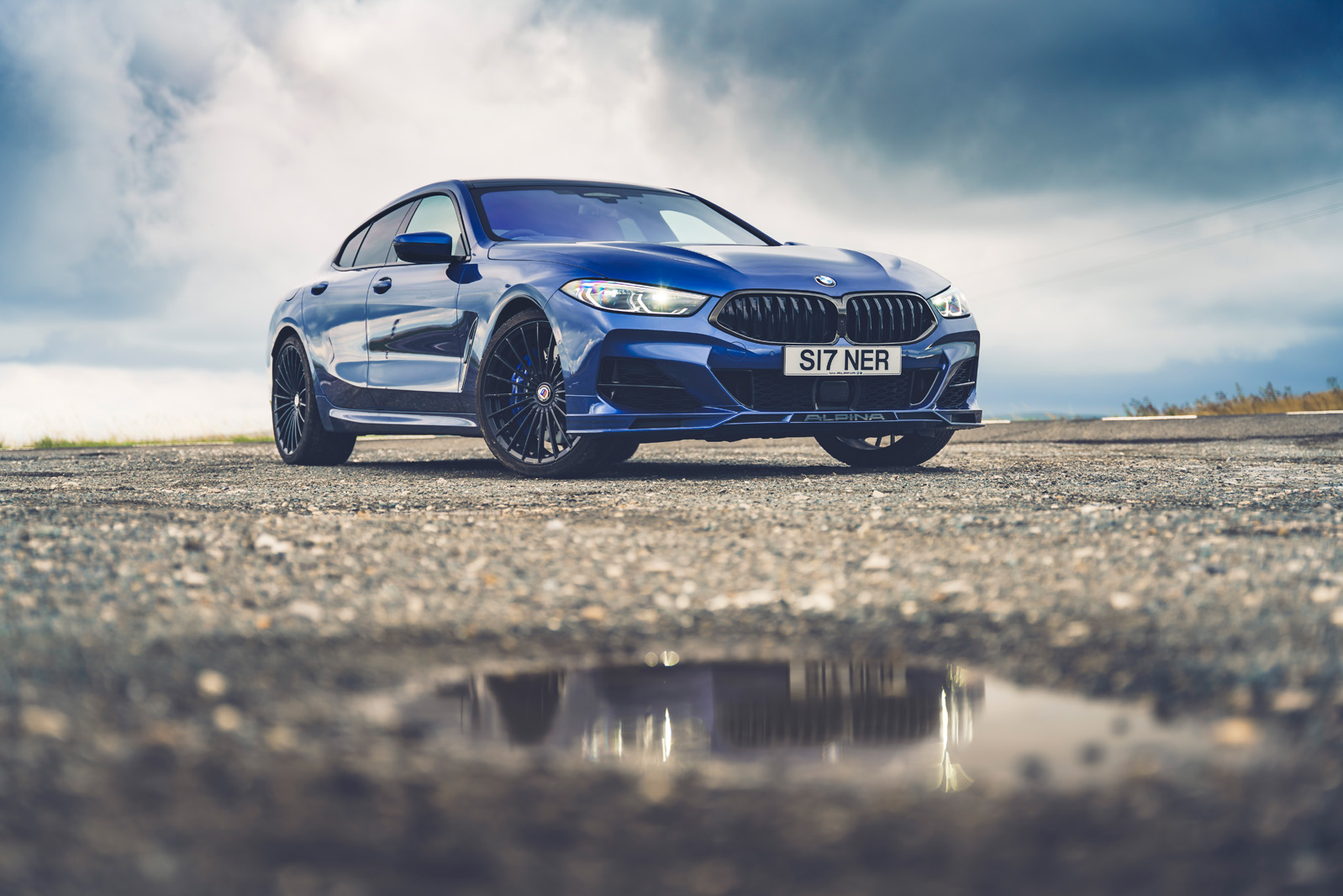The sense that this car has been built for real-world use is also evident in the body control. Rarely, if ever, do you find yourself wondering whether the spring rates are too high or the suspension under-damped during everyday driving. The B8 seems to calmly absorb whatever the road ahead throws at it, rolling just enough to convey a sense of speed it otherwise hides deceptively well, but never feeling ‘loose’. Ultimate control doesn’t match some cars in the class, and you’ll discover that if you push the B8 disproportionately hard, but given how well this car satisfies its road-intended dynamic brief, that’s easy to forgive.
Track performance
Although Alpina began in motorsport, and has been credited with bringing about the 3.0 CSL that dominated touring car racing in the 1970s, the road cars are developed very much for, yes, the road, and in Buchloe they make very few bones about that.
It was a surprise, therefore, that the B8 set a faster lap time on MIRA’s dry handling circuit than the Mercedes-AMG GT 63 4-Door Coupé managed two years ago. Although really fast and ever secure, the B8 isn’t blessed with the last word in chassis balance or body control, which makes it feel a little out of its depth at the very limit of grip.
That said, you would never get anywhere near this level of commitment on the road, and on the wet circuit the B8 is predictable and generates impressive traction, which mostly has the measure of its size and weight. All in, a good showing, if not the sharpest.
Comfort and isolation
One glance at the B8’s cartwheel-spec rims and you’d be excused for wondering how wise it was for Alpina to sacrifice ride quality to achieve its desired aesthetic. And surely some degree of fluency must have been traded in, although you’d hardly know it. At low and high speeds, the B8 moves with the kind of serenity that defies the basic fact that it is a 600bhp performance car wearing 30-section tyres (35-section at the front), and in terms of rolling refinement it has an appreciable advantage over both the GT 63 and the Panamera.
One expects to experience excellent primary ride in this class, but it’s the Alpina’s secondary ride – how it copes with rough Tarmac, ripples in the road surface, and potholes – that sets it apart, and makes it superb company when you’re simply getting from A to B.
This car also shows that air springs do not automatically yield the finest ride quality, and that with the right expertise, old-school steel springs and dampers can do just as good a job. That said, there is some advanced technology at play, because the B8’s active anti-roll bars undoubtedly help its cause: they are able to almost completely disengage when the car is driving in a straight line. Along with Alpina’s unique Comfort Plus mode for the car’s dampers, the result is ultra-supple progress.
Barring an ever-so-faint resonance from the tyres at motorway speeds, the B8 is also delightfully quiet. Where the GT 63 recorded 72dBA at 70mph, the B8 recorded only 67dBA, which is an enormous difference. However, the Alpina is still some way off the Bentley Flying Spur, which managed 64dBA during its road test.


